The proverb says ‘give a man a fish and you feed him for a day, but teach a man to fish and you feed him for a lifetime’ – can the same principle be applied to medicine?
When asked to write about my experiences in Chennai, I turned to Dr Jay Iyer who has visited Chennai with me. The first desire was to write about how great the experience was and is. However, I wanted to reflect on a more serious and sombre concern of mine, which is the questionable concept of doing good by practising surgery on people who may not otherwise have access to it.
As our Trainees get less and less gynaecological surgery, their ageing supervisors may have mentioned ‘practising on the Poms’– the difference between that and what may be happening in India and Nepal and elsewhere is that in the UK there was an inhouse expert resident who was supervising and held the ultimate responsibility: the British consultant. That may not be the case when Trainees work in the developing world.
In 1999, I had the pleasure of visiting a budding pelvic surgery unit in Chennai at the Kasturba Gandhi (Gosha) Hospital. Situated in the deprived area of Triplicaine, it catered to millions of women who were looked after by female doctors.
The situation was heart breaking: young women trudge hundreds of miles to the grounds of the hospital, with fistulas mainly. These fistula patients had been completely ostracised from their villages. Life has no hope; the only reason for this visit was a rumour that something could be done in this place for them.
Enter Dr Rajamaheshwari – the ‘in house, resident matriarch’ – a trained urologist (the first female urologist in India) and a gynaecologist. She has sacrificed her life to get services to the poorest of the poor suffering from pelvic dysfunction. I saw her struggle and her determination when she asked me to see a ‘few’ patients the first time – we saw 63 patients in four hours.
My next task was to confer with my wife Paula and tell her what I saw and felt. It was the same old story of any public Indian facility: dirt, poverty, overwhelming numbers and no money. The operating room was very basic, there were insufficient instruments, gloves were recycled and so forth – but the people smiled and appeared happy in their determination to make a difference.
My wife and I decided to adopt Gosha as a project. Initially, we carried between 200 and 400kg of sheets, curtains, equipment, instruments and so on, three times a year. On these visits we would do surgical teaching and workshops for a week and get exhausted, but feel good that we did some good to women.
Within two years we realised we needed to do this differently. Just going there like a knight in shining armour and saving the day felt good personally, but was not changing the ethos. Enter a whole army of generous friends and colleagues – Malcolm Frazer, Bob Shull, George Kaladelfos, Paul Riss, Peter Nelmes, Chris Barry, Yik Lim, Audrey Corstiaans and many others. These people generously gave their time for free, gave money and gave their expertise to train the local faculty. This was the most important turning point. Two doctors from Gosha travelled to Texas, Vienna and Townsville and so the cycle of self-sufficiency began.
Meanwhile, being Indian, I was aware that maybe throwing money at the problem would rid of my guilt, but not solve the problem. Hence, with the help of Raji and others, we set up a seeding fund and built the fistula ward. This facility allowed women to be segregated from the general patients so they could have their privacy and improved hygiene by being staffed by dedicated nursing staff. The fistula ward was mainly stone masonry so that it could be hosed off daily.
Next were the operating rooms and the patient waiting area. In 2007, I was astounded to see what had been achieved: a brand new surgical suite with three tables, air conditioning, state-of-the-art lighting, instruments and most importantly a dedicated waiting area for the pre-operative patients. This was the most dignifying aspect of care that I felt every woman deserved from the beginning.
What has happened since? In 2007, the Government of Tamil Nadu named the ward after my wife ‘the Dr Paula Rane Fistula Ward’. The Urogynaecology and Reconstructive Pelvic Surgical Society of India (URPSSI) was set up, with Bob Shull and me as the Patrons. The first official urogynaecological training unit was set up at Gosha and Dr Yik Lim was the first exchange Trainee from Australia.
The unit has gone from strength to strength and its educational endeavours have shown a reduction in obstetric fistula numbers in south India. Most of my colleagues have stopped visiting the unit, happy that it has become self-sufficient. My current ITP registrar visited the unit and took some photos for me. They show it is possible to make a sustainable change by empowering the local faculty and being persistent.
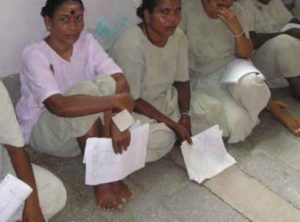
When the Ranes first visited the hospital there were no chairs in the waiting room and no appointments system.
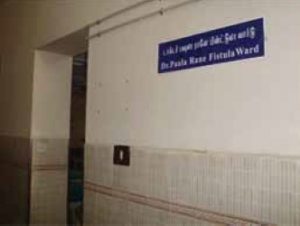
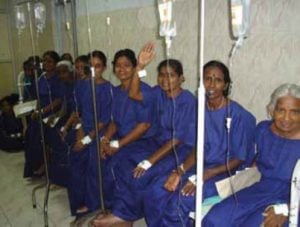
The Dr Paula Rane Fistula Ward (above left) and the associated improvements have made a big difference to how the women are treated.
I am not against people offering their skills abroad for free and donating their time generously, I am concerned the woman at the receiving end may not be ideal to receive that care especially in non-fistula prolapse surgery. Do these women know what is being done? Do they know who is doing it? Do they know what not to do after surgery and can they afford/manage that? Do they know who will follow up with them? Do they know who to contact if they have a problem?
I worry because the next woman could be my aunt or my cousin and unless the questions above have answers, I would not want them to be ‘practised’ on.
My experience in Chennai has set me up to another place: Kathmandu in Nepal. The goal is the same – empower the local faculty by giving time, expertise and equipment. Identify the dedicated bright faculty members – bring them to Australia (with all its inherent challenges) and use my colleagues and friends to help me help more and more women around the world.
I could not finish this article without mentioning women from the Zonta clubs in North Queensland, who wept at the photographs shown to them and gave ‘till it hurts’. Recently, a group of septa- and octogenarian women from a nursing home donated 100kg of baby hats, booties and shawls since it is cold in Nepal. I don’t know who benefits most here. This kind of generosity humbles me, but also stimulates me to encourage more and more of us to step out of our bubble from time to time.
Acknowledgements
Many thanks to Dr Jay Iyer, MBBS, MD, DNB, FRCOG, FRANZCOG, who helped with the preparation of this article.
A big thank you to Paula, and Ben and Tara, my children – they are Dad’s best army!


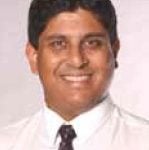
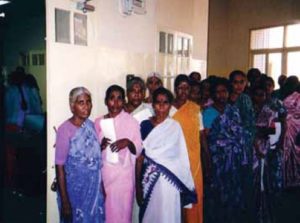
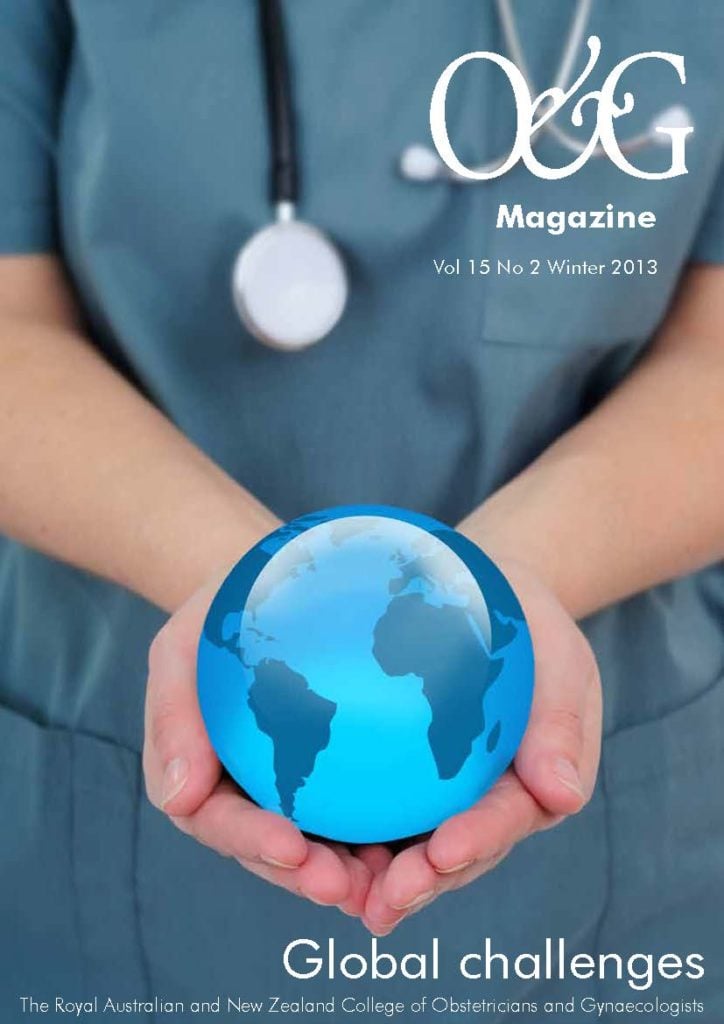


Leave a Reply